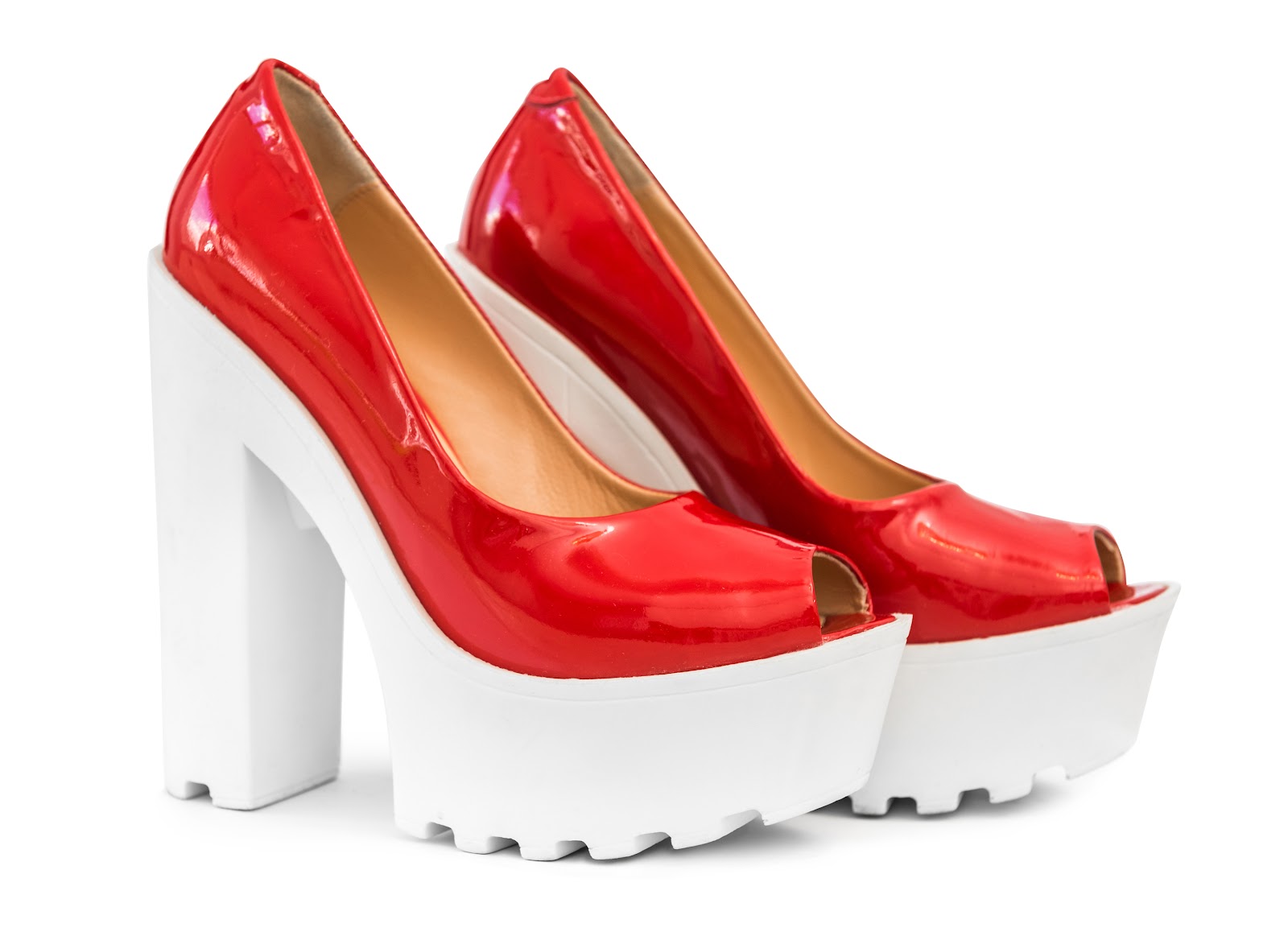Welcome to the Podiatry Blog of Dr Richard Blake of San Francisco. I hope the pages can help you learn about caring for foot injuries, or help you with your own injury.
Total Pageviews
Translate
Followers
Tuesday, January 31, 2023
Fibular, Ankle and Cuboid Manipulations Taught by Dr. Howard Dananberg
Monday, January 30, 2023
Great Videos on the Nerves of the Foot, Ankle and Calf
Sunday, January 29, 2023
Friday, January 27, 2023
Students at the California School of Podiatric Medicine (part of Samuel Merritt University) studying biomechanical techniques
Tuesday, January 24, 2023
RED-S. Relative Energy Deficiency--Sport (Syndrome)
Progressive Collapsing Foot Deformity Classification by Dr Allen Jacobs
https://www.hmpgloballearningnetwork.com/site/podiatry/whats-name-understanding-progressive-collapsing-foot-deformity?hmpid=&utm_medium=email&utm_source=enewsletter&utm_content=1710811546
Patent Leather Shoe Stretching: This Article gives some Tips
I had a patient yesterday with bunion irritation from her beautiful patent leather shoes. We talked about getting the bunion stretched some so this article should help. The difference between patent leather and leather shoes is that patent leather shoes have a plastic coating over the leather to give it its incredible glossy shine. That plastic however makes stretching the leather part harder.
Sunday, January 22, 2023
Friday, January 20, 2023
Yes, You Can Unfuse the Big Toe Joint: Interesting Blog
Monday, January 16, 2023
Great video on some powerful exercises for External Hip Rotator Strength: Much need in Over Pronators
Sunday, January 8, 2023
Friday, January 6, 2023
Adding more Support to your Foot Orthotic Device
Wednesday, January 4, 2023
Sesamoid Injury with Vasomotor Skin Changes
Monday, January 2, 2023
Email Advice: 9 months after Sesamoid Injury and AVN diagnosis
Hi Dr. Blake,
Thank you so much for your blog posts over the years on sesamoid pain! They have helped me greatly in my diagnosis with sesamoid AVN.
I'm 19 years old and was diagnosed July 2022, though my pain started February 2022. My affected leg was immobilized in a CAM boot for ~10 weeks before I transitioned to orthotics. I still experience pain occasionally while walking.
I'm wondering if you could provide some insight on some patterns of pain I've noticed:
1) My sesamoid tends to hurt when I walk after sitting or lying down for long periods of time. After I've walked for a while, the pain disappears.
Dr. Blake's comment: This is called post static dyskinesia, meaning pain after rest. The tissue either tightens from swelling that collects during the rest period, or some neural tension that develops while the tissue is immobile (nerves like motion). Both of these causes hurt at the beginning of activity and then disappear as the nerves relax or the swelling dissipates. Either way, it is consider good pain in that 0-2 pain range. You should try to warm it up before you begin to walk like foot massage, big towel range of motion with your muscles doing the motion. Patients will do both by placing a towel next to their bed. When they wait up, they lassoe the toes and pull gently up and down with the towel, or massage the area like you are drying your foot after a shower motion. Remember, total healing (meaning when your body will stop trying to heal everything) typically takes 2 years with these sesamoid injuries. So, recognizing when it is good pain is crucial.
2) I used to go on 30-minute bike rides. When I finished the rides and started walking, I felt virtually no pain in my sesamoid.
In both cases, I suspect 1) walking for some period of time and 2) biking increases blood flow to my foot and therefore sesamoid, which temporarily alleviates my pain. Is this the likely explanation? If so, I'm wondering why this relief is only temporary (the pain returns after extended periods of inactivity), and if not, I wonder what alternative explanations could be. I am especially curious about the physiology behind temporarily increased blood flow and temporary sesamoid AVN relief, if there is a relationship between the two at all.
Dr. Blake's comment: Increased blood flow with activity, contrast bathing, after icing when the area warms back up, acupuncture, massage, warmth, all play a role at daily increasing your chances to save a bone that underwent AVN (avascular necrosis). As some may not know, the sesamoid normal blood flow is tiny, and alittle swelling in the bone can cause compression to the bone vessels temporarily shutting them off. No one knows why AVN occurs in one person and not another, but daily use of Exogen bone stimulator and contrast bathes are my go to treatments to make sure that bone gets more normalized blood flow. Temporary is fine and short lived, but it is the utilization of temporary methods of increasing blood flow daily for 9 to 12 months that will produce the best chance for the bone to get healthy, really healthy again.
The other main component to a healthy bone is weight bearing more and more each month. You will be fine if you live in that 0-2 pain level, or the good pain levels since we also need to gradually re-mineralize the bone. Good luck and I hope this answers your concerns.
Thank you very much for taking the time to read -- I appreciate your help!
Happy New Year and All the best,








